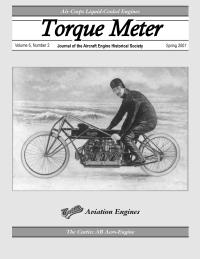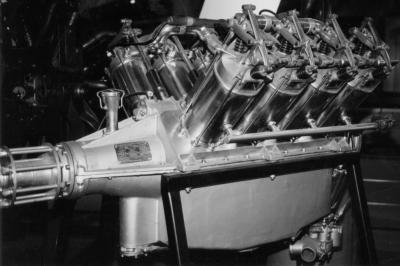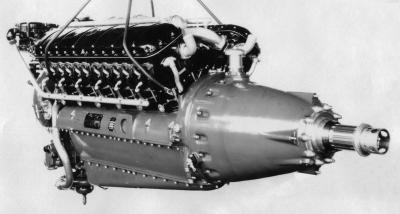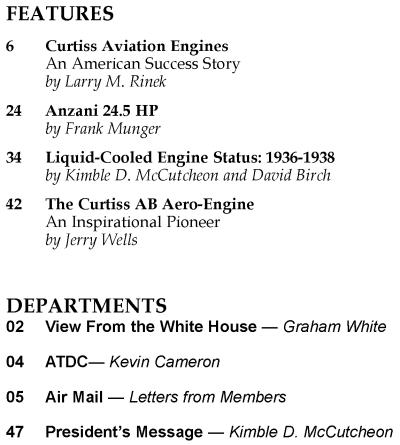
Torque Meter
Spring 2007 Issue
 |
 |
Curtiss Aviation Engines Glenn H. Curtiss (1878-1930) was one of America’s outstanding aviation pioneers, a self-taught engineer, and creator of a broad series of commercially successful engines for both aviation and motorcycles. Best known for his aerial accomplishments (from the 1908 June Bug to World War I aircraft, such as the JN-4 "Jenny" trainer), Curtiss developed solid experience with engines long beforehand (dating back to 1901). His early interest in bicycle racing led to motorcycling and his motorcycle engines evolved into aero engines — first for airships, then aeroplanes. Curtiss engines of this era (the most familiar are his V-8 four-stroke water-cooled designs) were noted for advanced construction materials, lighter-than-average weight, reasonable reliability and some innovative mechanical features. Curtiss engines were not the most radical or advanced examples of the art, but were sufficiently respected and built well enough to capture the majority of the early U.S. aircraft engine business to the WWI era and slightly beyond. According to a noted engine historian, Curtiss produced "the first successful airplane engines marketed in America." |
|
Aero Engine Drawings by Frank Munger |
 |
Liquid-Cooled Engine Status: 1936-1938 While working at the U.S. National Archives in July 2006, Dave Birch of the Rolls-Royce Heritage Trust unearthed a document that clearly elucidates both the status of Allied liquid-cooled engine development and U.S. Army Air Corps plans at the end of 1936. This memorandum was written by Lt. Col. Oliver P. Echols, Chief of the Air Corps Engineering Section for Gen. H. H. Arnold, Chief of the Air Corps, in answer to Gen. Arnold's question, "Have we anything coming out commensurate with the Rolls-Royce "Merlin" engine?" It is rare to find a single document that so well summarizes the state of aircraft engine development at a moment in time. However, in hindsight this memorandum painted a rosier picture of the Allison V-1710 than was actually the case and perhaps projects a greater level of optimism than was justified. In fact, Merlin development was ahead of all U.S. liquid-cooled engines and the first to be qualified for use in service aircraft. A key aspect of Air Corps plans was the reliance on development and wide availability of turbo-superchargers. However, difficulties with development and reliance on materials that became scarce during wartime resulted in most turbochargers going to bombers. Only the Lockheed P-38 and Republic P-47 used turbochargers successfully in a fighter application. Allisons with engine-driven superchargers never caught up with the Merlin until the final year of the war. |
 |
The Curtiss AB Aero Engine On July 9th, 1915, three of the prototype Hispano-Suiza V-8 engines arrived in Paris from Barcelona in order to be examined and tested by the French authorities with a view to producing the engine for the war effort. To say the engines caused a sensation amongst the military personnel is probably an understatement. With their monoblock V-8 configuration, enclosed valve gear and semi-concealed carburettors, the Hispano-Suizas must have looked the epitome of a compact power unit. Thus the monoblock aero-engine got off to a very promising start and from then on there were, broadly speaking, two phases of development. First, everyone wanted to license-build the Hispano-Suiza and second, everyone wanted to design a better cast-block motor. In England and the United States, licenses to produce the Type 34 Hispano-Suiza were granted to the Wolseley Motor Co. and Wright Aeronautical Corporation. Both concerns got production underway after some difficulties. At the Curtiss Aeroplane & Motor Company in the U.S., the news that Wright Aero had got the license for the Hispano-Suiza was received with some disquiet. At the time they had nothing to match it so they embarked on their only real option, i.e. the "phase two" approach to build a better monoblock engine. Chief designer, Charles B. Kirkham was told to give it top priority and thus the Curtiss AB engine came to be. |
